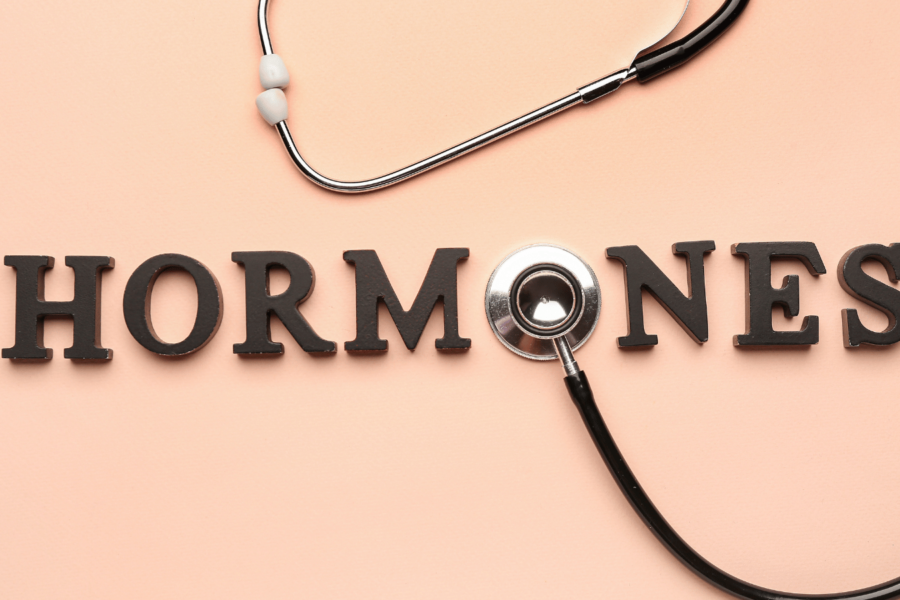Hormones influence nearly every aspect of your physical and mental well-being, from energy levels to metabolism to mood. But have you heard of hormone syncing? This approach involves aligning your lifestyle, diet, and exercise with your body’s natural hormonal rhythms. Advocates claim it can enhance energy, improve mood, and even help with digestive and reproductive health.
But is it a game-changer for your health, or just another wellness craze?
Here’s what you need to know.

What Is Hormone Syncing?
Hormone syncing, also called cycle syncing, is based on the idea that your hormones change throughout the month (or with different life stages), and adapting your lifestyle to these shifts can improve overall well-being. It’s particularly popular with women, as the menstrual cycle involves a predictable series of hormonal fluctuations.
The concept identifies four phases of the menstrual cycle:
Menstrual Phase (Day 1-5)
When menstruation starts, estrogen and progesterone levels are at their lowest. Energy often dips, and it’s a time for rest and recovery.
Follicular Phase (Day 6-14)
Estrogen begins to rise, and energy levels typically increase. This is when you may feel more alert and motivated.
Ovulatory Phase (Day 15-17)
Estrogen peaks during ovulation, and testosterone rises too. Many feel their best during this phase, experiencing heightened confidence and stamina.
Luteal Phase (Day 18-28)
Progesterone takes center stage while estrogen falls. This can lead to mood swings, bloating, or fatigue, especially in the days leading up to your period.
The hormone-syncing approach suggests tailoring your diet, exercise, and activities to suit each phase, thereby optimizing hormonal balance and preventing burnout or discomfort.
Potential Benefits of Hormone Syncing
There’s no denying that hormones play a key role in health. Even small changes in hormonal levels can significantly affect energy, mood, and even physical performance. By working in harmony with your body instead of against it, syncing your hormones might offer benefits like:
- Improved Energy Levels: Aligning your exercise routine with your hormonal cycles (e.g., doing high-intensity workouts during the follicular phase and lighter activities like yoga during menstruation) can help you harness your energy more effectively.
- Enhanced Mood Stability: Eating and exercising in line with your cycle may help reduce premenstrual syndrome (PMS) symptoms like irritability and fatigue.
- Optimized Digestion: Specific foods recommended for different phases can support hormone metabolism and reduce bloating or digestive discomfort.
- Better Physical Performance: Adjusting your workouts based on hormonal peaks can maximize strength and endurance.
Is It Backed by Science or Just a Trend?
The idea of hormone syncing has some scientific grounding, as it builds upon the well-documented fluctuations in female hormones like estrogen and progesterone. For instance, studies show that these hormones influence metabolism, energy use, and even how muscles recover from workouts. However, much of the buzz around hormone syncing comes from anecdotal evidence and wellness influencers, with limited large-scale clinical research to fully endorse its claims.
That said, there’s no harm in taking a mindful, individualized approach to health, as long as it’s based on observing your own body and needs. Listening to your body’s signals can be empowering, whether or not you adhere strictly to a syncing framework.
Conclusion
Syncing your hormones is about tuning in to your body’s natural signals and working with them, not against them. While it may offer improvements in mood, energy, and overall well-being, it’s essential to personalize the approach and consult a healthcare professional if you’re experiencing severe hormonal imbalances. At its core, hormone syncing is an invitation to be more in sync with your body and its needs, one phase at a time.




